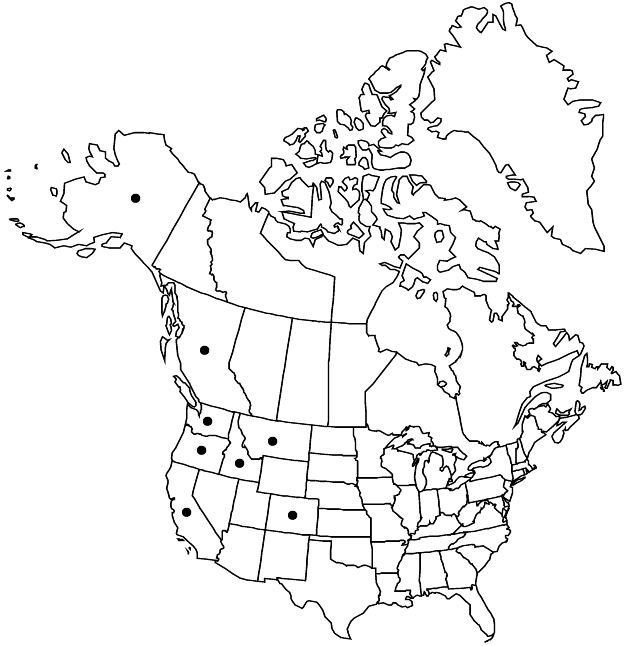Difference between revisions of "Spiraea douglasii var. menziesii"
Abh. Königl. Böhm. Ges. Wiss., ser. 5, 6: 555. 1851.
FNA>Volume Importer |
imported>Volume Importer |
||
| (One intermediate revision by the same user not shown) | |||
| Line 64: | Line 64: | ||
|publication year=1851 | |publication year=1851 | ||
|special status=Endemic | |special status=Endemic | ||
| − | |source xml=https:// | + | |source xml=https://bitbucket.org/aafc-mbb/fna-data-curation/src/2e0870ddd59836b60bcf96646a41e87ea5a5943a/coarse_grained_fna_xml/V9/V9_685.xml |
|subfamily=Rosaceae subfam. Amygdaloideae | |subfamily=Rosaceae subfam. Amygdaloideae | ||
|tribe=Rosaceae tribe Spiraeeae | |tribe=Rosaceae tribe Spiraeeae | ||
Latest revision as of 22:58, 5 November 2020
Leaf abaxial surfaces glabrous or pubescent. Inflorescence branches tomentulose. Pedicels tomentulose to sparsely pubescent. Flowers: hypanthia and sepals tomentulose to sparsely pubescent.
Phenology: Flowering Jun–Aug; fruiting Jul–Nov.
Habitat: Stream banks, flood plains, moist open forests, woodland margins, wet meadows and fields, wetlands, roadside ditches
Elevation: 0–2500 m
Distribution

B.C., Alaska, Calif., Colo., Idaho, Mont., Oreg., Wash., introduced in Europe.
Discussion
H. J. Scoggan (1978–1979, part 3) identified two forms of var. menziesii based upon petal color: forma menziesii (Hooker) Voss (pink to deep rose) and forma pseudosalicifolia B. Boivin (white). These appear to be local forms that may be stable; petal color can be variable within varieties and species in Spiraea and the stability of these forms, within the variety and species as a whole, has not been fully assessed. A. R. Kruckeberg (1967) tested two strains of var. menziesii and found that one showed adaptation to soils derived from ultramafic rocks (serpentinite, peridotite, dunite) and one did not. Although not discussed by Kruckeberg, variation of flower color within the variety may be correlated with substrate.
Selected References
None.